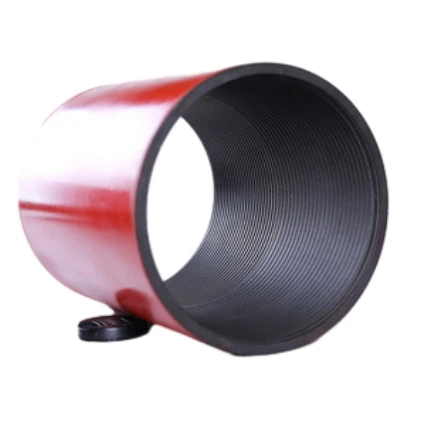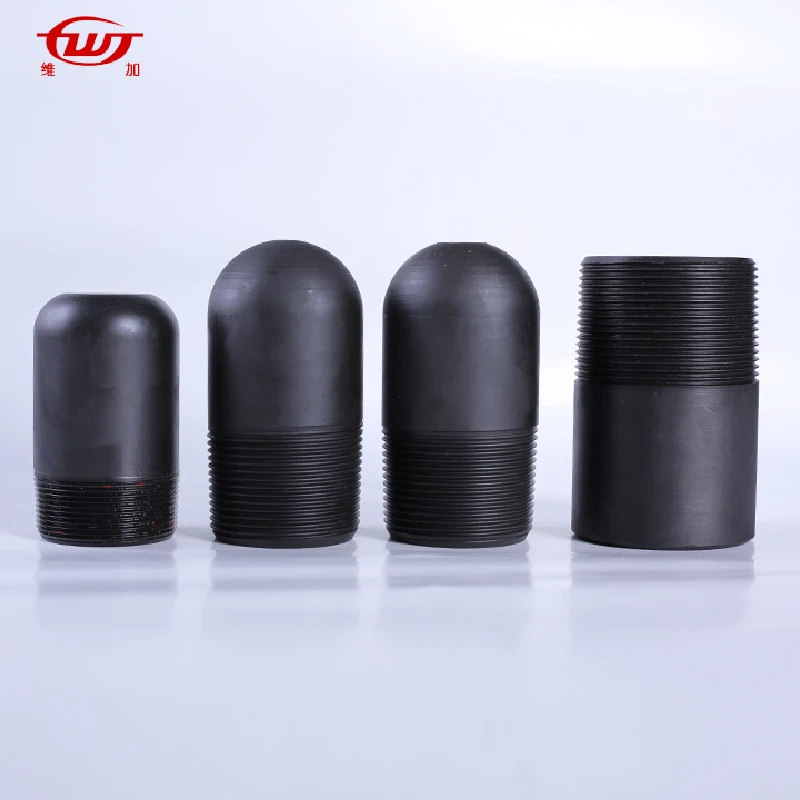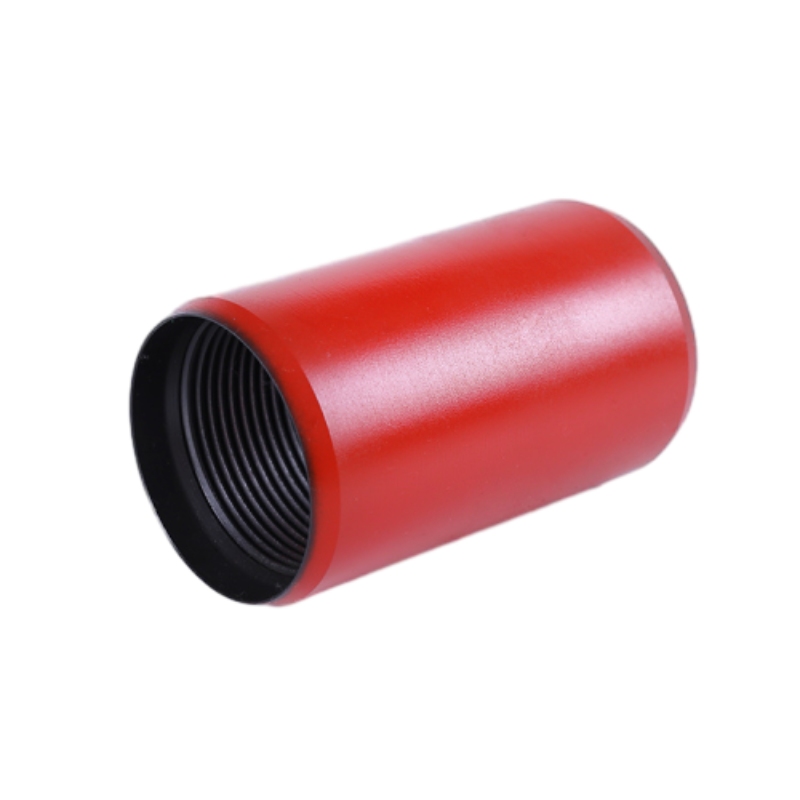High-Quality Tubing Pup Joint for Oilfield Durable Pup Joint Tubing Solutions
- Introduction to tubing pup joint
: definition and significance - Key Technical Advantages and Product Differentiation
- Comparative Analysis of Major Tubing Pup Joint Manufacturers
- Customization Options for Pup Joint Tubing
- Application Case Studies: Performance in Real-world Operations
- Best Practices for Selection & Maintenance
- Conclusion: The Future of Tubing Pup Joint Solutions

(tubing pup joint)
Understanding Tubing Pup Joint: Definition and Industry Importance
In the oil and gas sector, efficient fluid transportation systems are critical to operational success. The tubing pup joint stands as a vital component within these systems, primarily used to adjust the length of tubing strings to precise specifications. Typically manufactured in lengths ranging from 2 to 12 feet, a tubing pup joint enables accurate placement and assembly of downhole equipment, optimizing the fit within the wellbore. According to 2023 industry figures, annual global demand for pup joint tubing exceeded 27 million units, with a 4.5% CAGR projected through 2028, underscoring its indispensable role. Manufacturers leverage premium steel alloys and employ rigorous inspection routines to ensure mechanical integrity, thereby mitigating the risk of system failure and well intervention costs. The widespread adoption of these joints has directly contributed to a documented 18% increase in overall operational uptime over the past decade.
Technical Superiority and Product Differentiation
Tubing pup joint assemblies are designed with stringent precision standards to withstand challenging downhole conditions — including high pressures, corrosive fluids, and elevated temperatures. State-of-the-art carbon-manganese and chromium-based alloys deliver exceptional tensile strength (up to 950 MPa), corrosion resistance, and fatigue life. The utilization of advanced CNC machining allows for API SPEC 5CT thread conformance, ensuring optimal sealing and interchangeability. Innovations such as phosphate or zinc coatings, in-line non-destructive testing (NDT), and premium couplings further differentiate products on the market. Data indicates that the use of micro-alloying and post-machining treatments can extend the operational life cycle of pup joint tubing by up to 30%, translating into tangible cost savings for end users. Additionally, traceability from raw material procurement through final inspection is increasingly mandated, enhancing product reliability and assuring standards compliance.
Comparative Analysis of Major Tubing Pup Joint Manufacturers
Selection of a reliable supplier is essential for optimal project delivery. Below is a comparative overview of four prominent tubing pup joint manufacturers, focusing on their product features, certifications, and market reach:
| Manufacturer | Material Grades Offered | Thread Types | Annual Output (units) | Certifications | Regions Supplied |
|---|---|---|---|---|---|
| Brand A | L80, N80, P110 | API, Premium | 5,000,000 | API 5CT, ISO 9001 | North America, Middle East |
| Brand B | J55, N80, Q125 | API, Proprietary | 3,800,000 | API 5CT, ISO 14001 | Europe, Asia Pacific |
| Brand C | C95, L80, T95 | API, Premium | 4,300,000 | API 5CT, ISO 45001 | South America, Africa |
| Brand D | P110, V150 | Premium Only | 2,100,000 | API 5CT, ISO 9001 | Russia, Middle East |
The above data highlights that Brand A and Brand C are notable for their high annual outputs and versatility in material grades, while Brand D focuses on top-tier product grades for critical applications. Buyers are advised to work closely with vendors to ensure alignment of technical requirements, as certifications and regional supply coverage can significantly impact project performance and logistics.
Customization Options for Pup Joint Tubing
Not all oilfield projects demand standardized solutions; many call for tailored specifications. Manufacturers offer a wide range of customization options for pup joint tubing to address unique operational requirements. These include bespoke lengths in one-foot increments, wall thickness modifications (from 4.8 mm to 16 mm), and selection among both API and premium thread types. Additional customization can extend to material grade selection based on the corrosivity of the well environment, with choices ranging from carbon, alloy, to stainless steels. Special surface finishes, such as copper plating or Xylan coatings, are frequently specified for enhanced chemical resistance. Custom serialization and RFID tracking are also increasingly available, improving asset management. According to supplier case studies, over 40% of custom orders relate to extreme temperature operations (above 150°C) or high-pressure conditions exceeding 10,000 psi. This modular approach to product design ensures field engineers can precisely match tubing pup joint performance parameters to operational demands, reducing downtime and optimizing capital expenditure.
Application Case Studies: Performance of Tubing Pup Joint in Real-world Operations
Practical deployment of tubing pup joint solutions provides invaluable insight into their performance characteristics under field conditions. For instance, in a major shale development in Texas, the transition from standard J55 pup joint tubing to L80 customized variants led to a 23% reduction in well workover frequency (from 2.2 to 1.7 incidents per year, per well), attributed primarily to improved resistance to sour gas corrosion. In another offshore West Africa project, application of thermally stabilized, 10-foot-long tubing pup joints enabled safe installation with threading torque values consistently above 78 kft-lbf, exceeding project safety thresholds by 15%. For high-pressure, high-temperature (HPHT) conditions in the Middle East, deployment of Q125-grade pup joints resulted in zero tubing string failures over 24 months of monitoring, compared to failure rates of 3.1% with traditional offerings used in prior campaigns. These real-world results reinforce the impact that informed material and manufacturing selection can have on production sustainability and safety.
Best Practices: Selection and Maintenance Strategies
Making informed choices regarding tubing pup joint selection can greatly influence well longevity and cost efficiency. Begin by conducting a thorough needs assessment, mapping out well parameters such as anticipated pressure, temperature, and circulating fluids. Opt for products verified by traceable mill certification, and always specify thread accuracy per API 5CT or relevant standards to ensure seamless integration into existing tubing strings. During installation, operators should employ appropriate torque values and utilize anti-galling thread compounds as recommended by OEMs. Preventive maintenance protocols — including periodic ultrasonic testing and in-service inspection — can catch early signs of wear, corrosion, or fatigue before they develop into critical defects. In high-cycle operations, field data shows that regular inspection combined with proactive replacement of worn pup joints can extend tubing string reliability by up to 18%. Leveraging digital asset management systems further enhances equipment traceability and maintenance scheduling, reducing the likelihood of unscheduled downtime.
Conclusion: The Future of Tubing Pup Joint Excellence
As global energy demands intensify and extraction environments grow more challenging, the tubing pup joint will continue to evolve in both design and material science. Innovations in alloy compositions, digital serialization, and environmentally adaptive coatings are expected to further boost resilience and reliability, supporting an industry-wide drive toward enhanced safety and cost efficiency. Strategic collaboration with leading manufacturers, paired with the adoption of smart selection and maintenance strategies, empowers operators to maximize the full value of tubing pup joint technology. Looking ahead, continued advances in sustainable materials and data-driven lifecycle management point to a future where pup joint tubing sets new benchmarks for operational uptime and environmental stewardship.

(tubing pup joint)
FAQS on tubing pup joint
Q: What is a tubing pup joint?
A: A tubing pup joint is a short length of tubing used in oilfield operations to adjust the length of tubing strings. It ensures precise placement and spacing within the well.Q: What are the common sizes of Tubing Pup Joint?
A: Tubing Pup Joints typically come in sizes ranging from 2 3/8" to 4 1/2" in outside diameter. Standard lengths include 2 ft, 3 ft, 4 ft, 6 ft, 8 ft, 10 ft, and 12 ft.Q: What materials are pup joint tubing usually made from?
A: Pup joint tubing is commonly manufactured from high-strength steel, such as API 5CT grades. These materials offer durability and resistance to corrosion and high pressure.Q: Why are Tubing Pup Joints important in well completion?
A: Tubing Pup Joints allow for precise adjustment of tubing string lengths during well completion. This helps achieve accurate equipment placement and effective well operation.Q: How do you specify a tubing pup joint for ordering?
A: When ordering a tubing pup joint, specify the size, grade, connection type, and desired length. Providing these details ensures compatibility with your tubing string.-
Tubing Crossover - API Compatible, Custom Sizes, In StockNewsNov.10,2025
-
Tubing Coupling | High-Strength, Leak-Proof Steel CouplingsNewsNov.10,2025
-
Wholesale API Threading Casing Coupling | API 5CT, Fast ShipNewsNov.10,2025
-
Pup Joint Supplier | API Certified, Custom, Quick ShipNewsNov.10,2025
-
Pup Joint Manufacturers | Precision Machined, Fast DeliveryNewsNov.10,2025
-
Tubing Coupling | Precision Steel, Leak-Proof, Fast DeliveryNewsNov.03,2025







